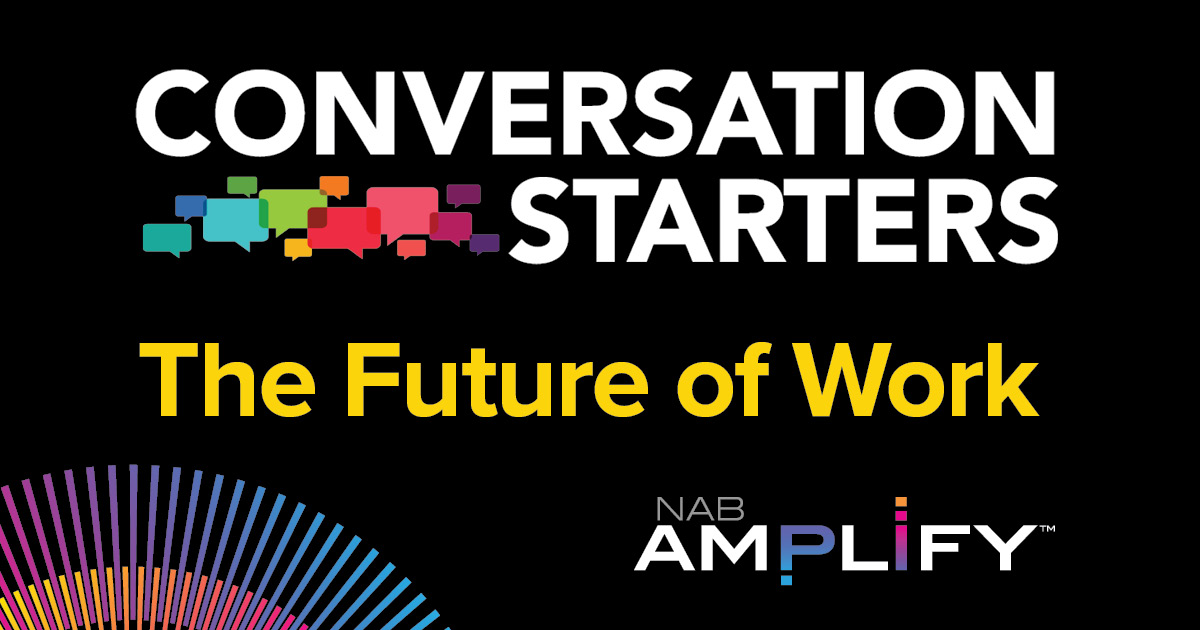
The pandemic may have panicked the industry into new modes of remote working but its longevity has provided scope for a degree of standardization around technologies and universal acceptance of its practice.
So much so that even as a return to production normality becomes a possibility we know that things have changed forever.
By the end of the year the industry will have experienced 21 months of remote collaboration. What began as a necessity will most likely remain in place even as teams are allowed to travel or return to the office.
The collective work from home experience has shocked the industry’s previous inertia into life. There’s a realization that remote production actually solves practical problems for the content creation process and improves everyone’s quality of life.
For example, artists no longer have to live in expensive cities like New York, LA or London to access work. The industry is no longer constrained by physical capacity. Any location which meets your family’s needs and work-life balance is on the table. Busy execs don’t have the time to travel, and nor do they need to when the remote experience is so good.
READ MORE: Here’s Some Insight on How Our Workforce is Changing (NAB Amplify)
Having the ability to run an online review session where both parties see the same media at the same time is where remote solutions prove invaluable. This will continue to exist regardless of any pandemic-based restrictions.
It’s not uncommon today to have a project worked on in Montreal, London and Mumbai, with teams contributing to different parts of the project. Remote tools help facilitate that and provide options to a director or senior craft talent unable to spend months of the year locally in an office.
Camera to cloud tools are also coming on stream, enabling creative collaboration of key personnel remote from the set.
READ MORE: There’s No Escaping Video, Especially at Work (NAB Amplify)
At the same time, there is no doubt that people are exhausted with communicating solely by video. The fatigue of unabated screen time and lack of interpersonal connections is having a negative impact on mental health, increasing risk of burnout and in some cases, driving people from the industry. The social aspect of face-to-face brainstorming is also beneficial to the creative process.
Survey after survey suggests that employees expect and desire a hybrid work scenario going forward. It is up to the employer — the facility, the broadcaster, the studio and individual production — to maintain workflow flexibility.
READ MORE: Tech Pros Want a Hybrid Workplace (and Agree They’ll Risk Burnout Otherwise) (NAB Amplify)
While accepting that remote or even hybrid won’t be right for every job, there is still a simple economic hurdle has to be solved. Many companies have legacy hardware such as on-premise storage systems which have yet to be amortized. Thousands more have invested in creative workstations and other tech gear which are already deployed in machine rooms and data centers all over the world. According to Sohonet, that “sunk capital” problem will likely take 18-30 months to work itself out before we arrive at a future where the majority of new purchases are software as a service in the cloud.
In the meantime, the industry now has the resilience to survive any futureshock.


